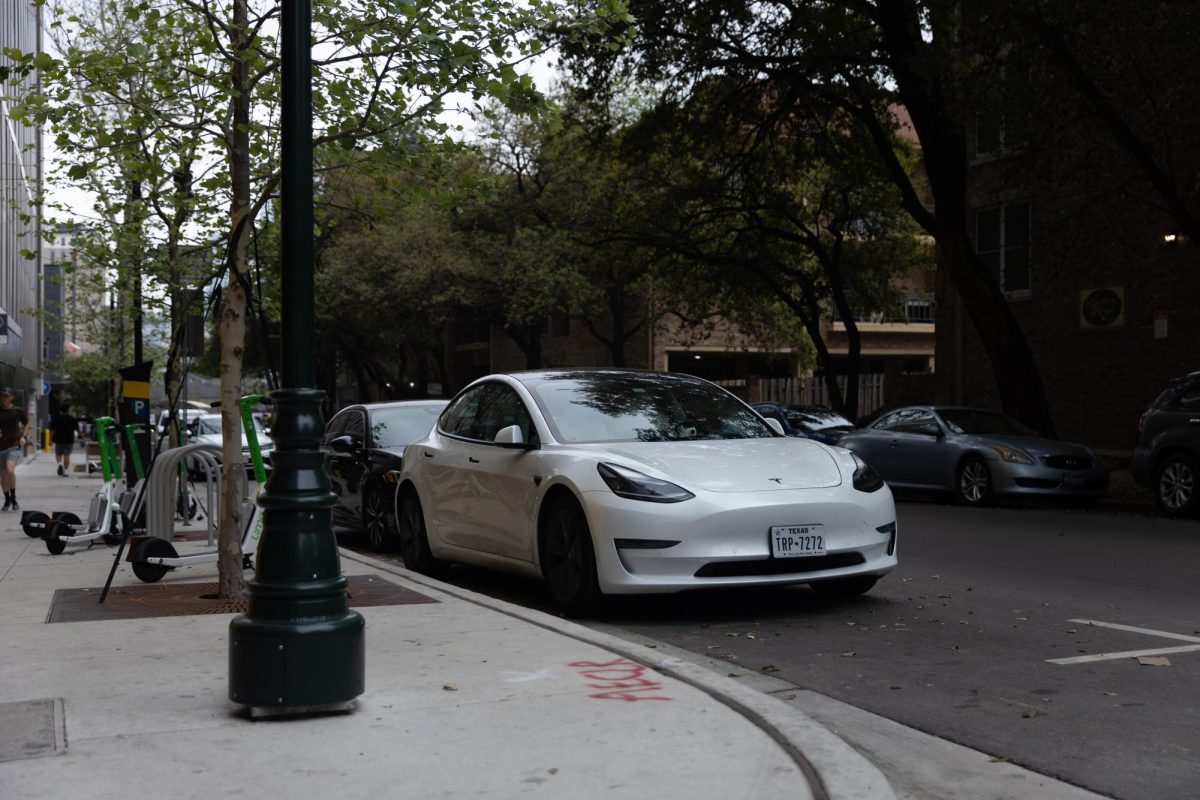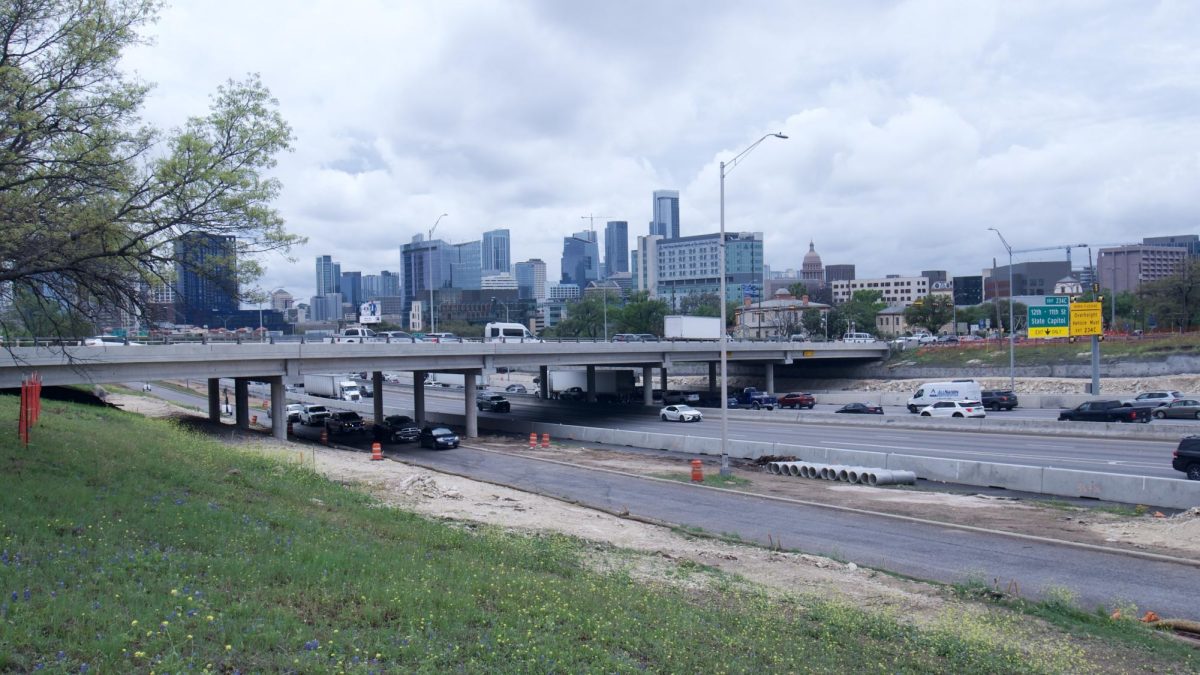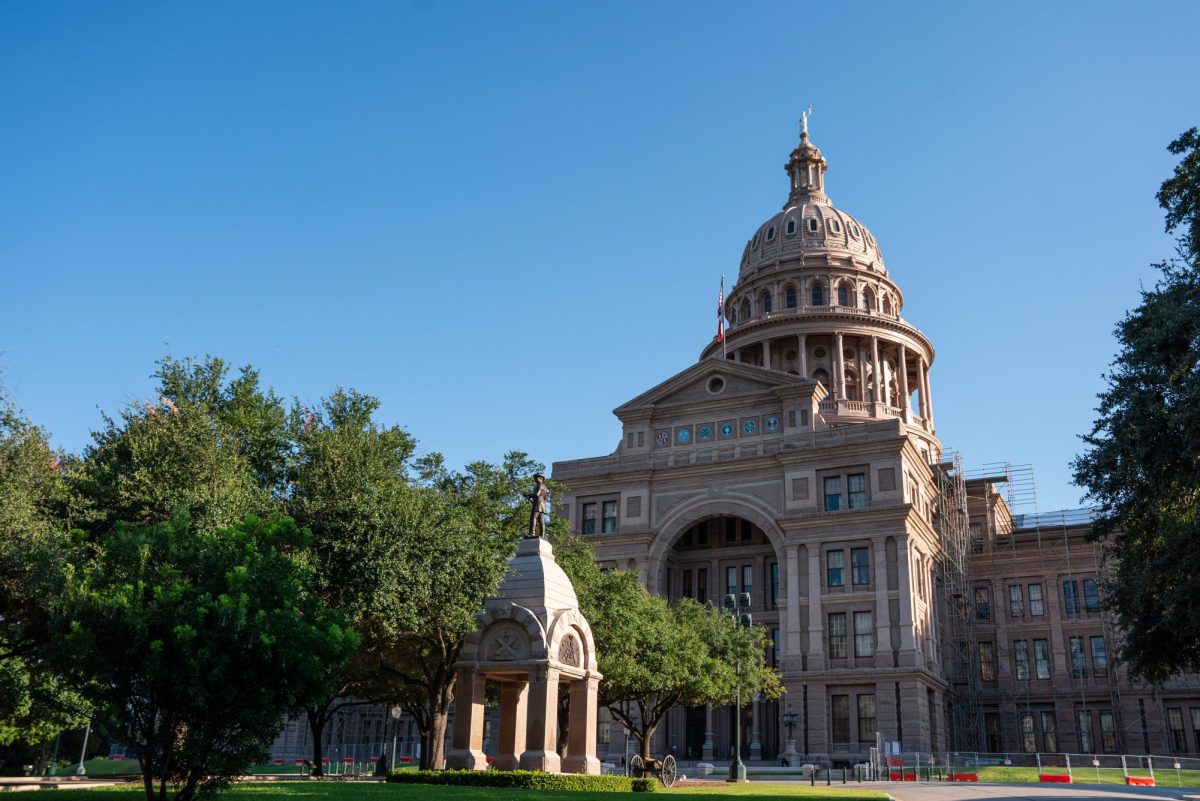Austin might spend more than $100 million on construction improvements to the heavily student-populated transit corridors Guadalupe Street and East Riverside Drive, according to recommendations released by the city last week. The Proposed Construction Corridor Program is a scaled-down version of the $1.4 billion Corridor Mobility Plan announced in December.
The section of Guadalupe Street included in the proposal ranges from 18th to 29th Streets and includes several side streets in between. Construction is estimated to cost $19.8 million.
Improvements:
1. Transforming Nueces Street from a one-way into two-way street
2. Repairing up to 4.5 miles of sidewalks
3. Adding more street lights on Guadalupe and 24th Streets
4. Repurposing two lanes on 24th to create a dedicated bike and center turn lanes
5. Traffic signal improvements at the intersections of Guadalupe and MLK Boulevard, 24th and Dean Keeton Streets
Changes to East Riverside will stretch from Interstate 35 to Highway 71 and will have an estimated cost of $84.8 million.
Improvements:
1. Up to four miles of new bike lanes
2. New street lighting
3. Repairing up to 4.5 miles of sidewalks
4. Possible addition of new pedestrian crosswalk signals
5. Up to three miles of pavement reconstruction
6. Up to 14 traffic signal improvements
The proposal includes improvements which can be paid for with the Mobility Bond approved by voters in 2016. Out of the $720 million bond, approximately $450 million will be used for improvements to all of the nine major “corridors” in the city.
“We’re spreading the (funding) around,” said Sara Behunek, communications manager for the Corridor Program Office. “We believe this is the proposal that is going to get us the biggest bang for the buck.”
The rest of the $1.4 billion plan will be paid for through state and federal grants the city applies for, along with using private developers to make some of the improvements to areas surrounding their developments, Behunek said.
Councilwoman Kathie Tovo, who represents most of West and North Campus, said she is concerned about restriping Nueces into a two-way street.
“(This) would seem to be not a safe choice because it puts more cars in an area that is very pedestrian heavy,” Mayor Pro Tem Tovo said.
Student body president Alejandrina Guzman, who has made accessibility in West Campus a major policy goal, said she is glad to see the city plans to fix sidewalks along Guadalupe so they are compliant with the Americans with Disability Act.
“It is atrocious,” Guzman said of the current state of the sidewalks. “To me personally, it’s a half and half kind of thing, like, ‘Wow, great, we’re doing this,’ and at the same time it’s like, ‘Wow, why did it take until now?’”
The City Council will likely vote on the proposal in March. Prior to that, the Corridor Program Office has several public outreach plans to give citizens a chance to provide input. The office will give briefings to seven of the city’s boards and commissions, and anyone can file a request online to have the city present to their organization about the proposal.
If the proposal is approved, Behunek said preliminary construction could begin in 2019 and go through 2024.




















